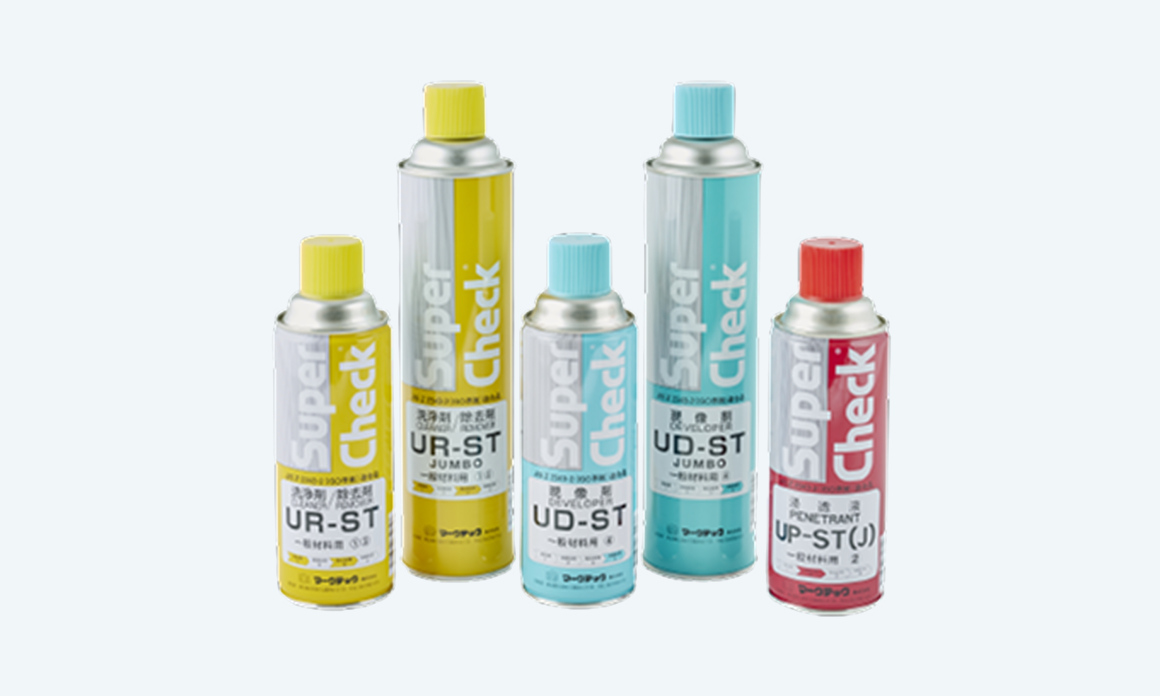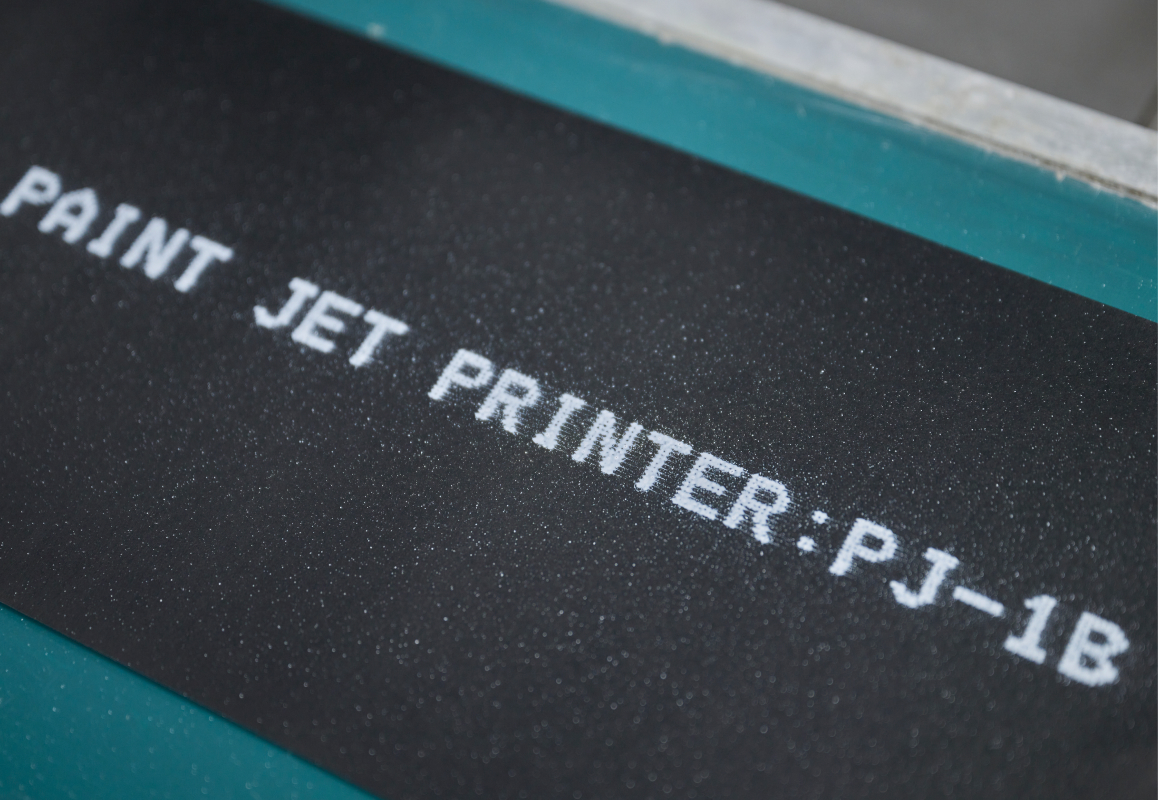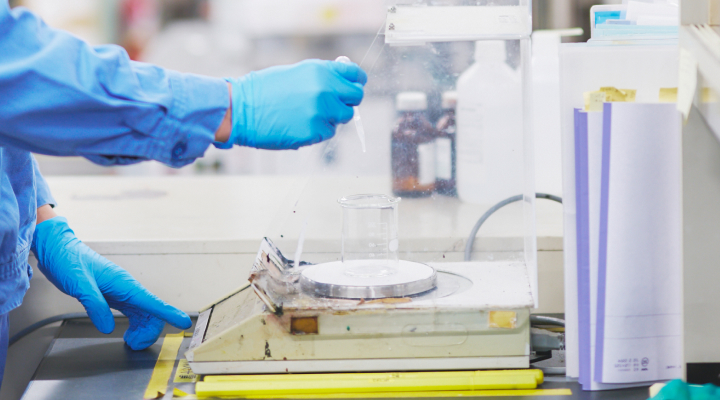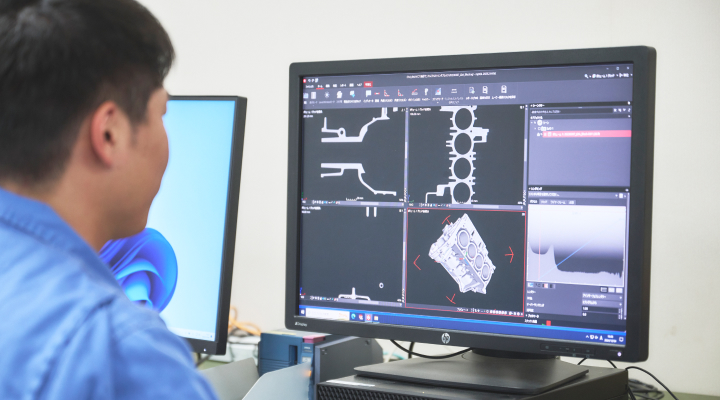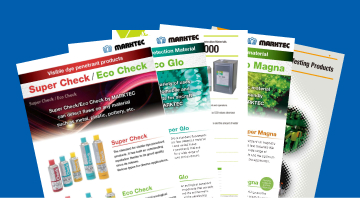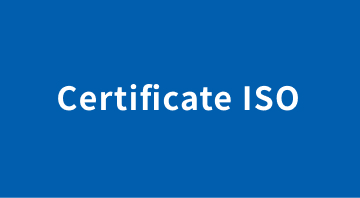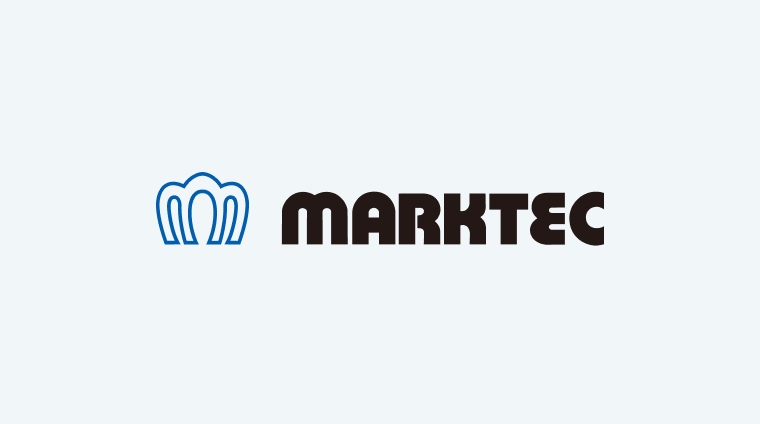- Well-understood course
A Course to Better Understand Principle of Ultraviolet Light
- Non-destructive testing
UV Light radiates UV-A (center of wave distribution is 365 nm) and makes fluorescent materials in the flaw indication emit visible light. UV Light is used for fluorescent penetrant testing (PT) and fluorescent magnetic particle testing (MPT), and also used for contamination check and leak check by observing fluorescence emission from skin, fiber, resin, oil etc. on the object.
Halation eliminated filter
Developed new halation filter that eliminates obstacle visible light (404 nm-414nm and 680nm-780nm).
This new filter realizes better observation of workpiece under UV light without halation.
Photograph below shows clear flaw indication with the new filter.
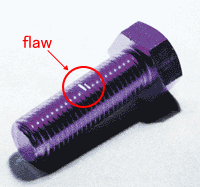
with conventional filter
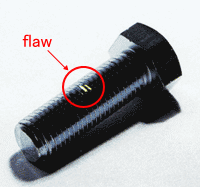
with new filter
Safety of Ultraviolet Radiation
1. Types of Ultraviolet Radiation
“Ultraviolet radiation (UV)” is a generic term for electromagnetic radiation having wavelengths between 100 and 400 nm, adjacent to the visible spectrum on the shorter-wavelength side. UV is classified into three ranges according to its wavelength: UV-A (315 to 400 nm), UV-B (280 to 315 nm), and UV-C (100 to 280 nm) (International Electrotechnical Commission, or IEC). All ranges of UV radiation induce fluorescence.
Types of UV and Major Effects and Uses
| Type | Wavelength (nm) | Major effects and uses |
|---|---|---|
| UV-A | 315 to 400 | Pigmentation; indoor tanning, printing, photocopying * Also referred to as blacklight radiation. |
| UV-B | 280 to 315 | Vitamin D formation, damage to DNA, eye inflammation, skin redness |
| UV-C | 100 to 280 | Ozone formation; sterilization, deodorization, air purification * The range of 100 to 200 nm is sometimes distinguished from the rest, referred to as vacuum ultraviolet (V-UV). |
2. UV in Sunlight
The sun emits not only visible light but also a broad range of other types of electromagnetic radiation, including ultraviolet and infrared. But the UV radiation that reaches the surface of the earth only consists of longer-wavelength UV-A and -B, as the ozone layer absorbs most of the shortest-wavelength UV-C while sunlight passes through it. In the Kanto region, the amount of daytime sunlight on a sunny day is roughly 100,000 lx. The proportion of UV is about 5%, which is equivalent to approximately 60 W/m2 = 6,000 W/cm2. More than 90% of this is UV-A.
3. Effects on Humans
Sunlight is not harmful except in cases of excessive exposure or sun allergy, because the UV radiation that reaches the surface of the earth is mostly UV-A, and because our body is adapted to use sunlight. Artificial UV, however, may have wavelengths ranging across the entire spectrum from UV-A to -C or a particular wavelength depending on the light source and therefore should be used with care for safety. Ultraviolet radiation in the short-wavelength range of 320 nm or less (UV-B and -C) is believed harmful. The impacts include eye disorders (pain, bloodshot eyes, corneal inflammation, etc.), skin redness, and cancer caused by damage to dermal DNA. Welding arcs contain much UV-B and -C in the range of 250 nm or longer, and germicidal lamps mainly emit UV-C near 250 nm. It is dangerous to look at these light sources with the naked eye or to expose an unprotected part of the body to light coming from these sources.
A blacklight lamp, which selectively emits UV-A and is used, for example, to induce fluorescence, is a safer light source, even compared with the sun; blacklight radiation has an energy peak at 365 nm and contains less short-wavelength radiation than the UV in sunlight, whose wavelengths range from 300 to 400 nm. A blacklight tans the skin, so for people who do not want to get burnt, it is recommended to apply sunscreen, wear gloves, or take other measures to avoid direct exposure when handling a blacklight. The light source must not be looked at directly. Even though the emitted radiation contains little visible light and therefore is not dazzling, a blacklight is definitely a high-energy light source. It is desirable to wear anti-UV glasses or goggles when working with a blacklight.
4. Dose Limits Recommended by ACGIH
The American Conference of Governmental Industrial Hygienists (ACGIH) has set threshold limit values (TLVs) for UV exposure, levels to which most workers can work without adverse health effects. For the near-ultraviolet range (320 to 400 nm), the Conference recommends that exposure to the naked eye should not exceed 1.0 mW/cm2 (1,000 μW/cm2) when the duration of exposure is 16 minutes or longer.
* The recommended limit is based on the intensity of UV directly incident on the naked eye, not that at the emission surface. Exposure to the eye needs to be calculated considering the distance and would be approximately 1/4 of the intensity at the emission surface even if the reflectance of the emission surface were 100%. In microscopic observations, the exposure is much lower due to attenuation associated with reflection and absorption, incident oblique light, and magnification occurring in the optic system.

